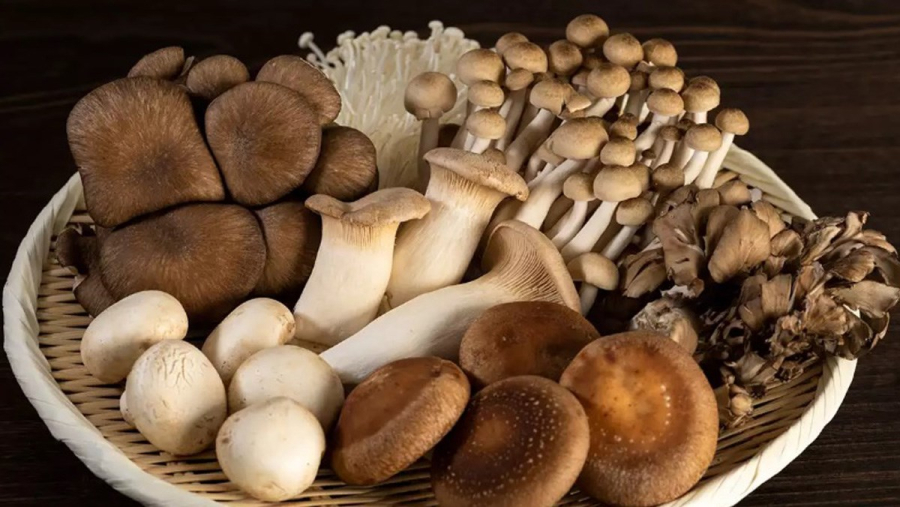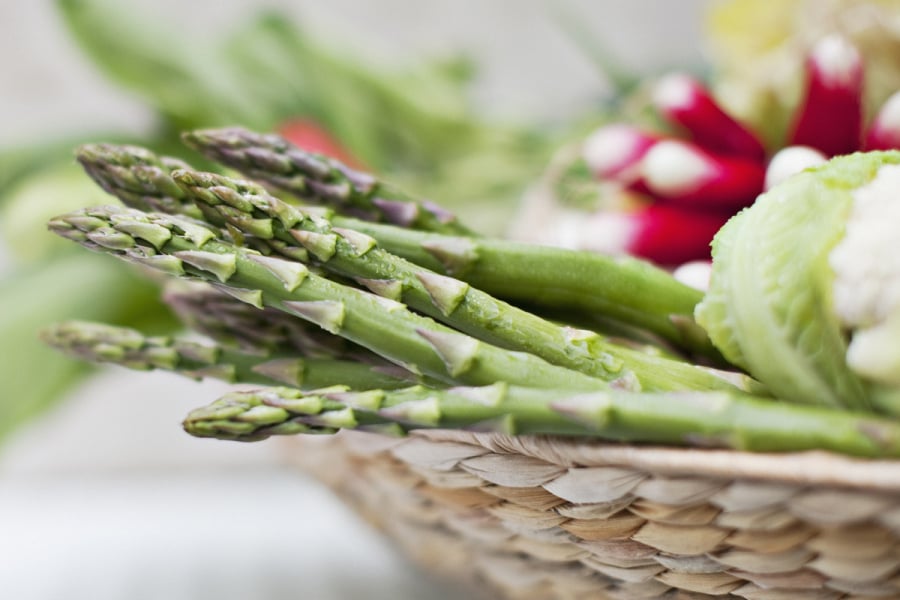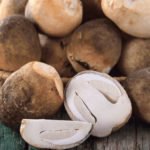When it comes to high-protein foods, people often think of meat, eggs, and fish, but few know that there are many types of protein-rich vegetables that can be bought anywhere. Moreover, the protein in these vegetables helps reduce the risk of obesity, disease, and has a great effect on skincare and maintaining a good figure. Here are 5 familiar vegetables that are extremely rich in plant-based protein, helping women stay healthy, beautiful, and full of vitality.
1. Mushrooms
Mushrooms are highly nutritious and have a delicious taste, making them suitable for many attractive dishes. Mushrooms are one of the richest sources of protein in the vegetable group. Protein is one of the 4 essential nutrients for the body. The body needs protein to maintain and build muscles, blood, skin, bones, and other tissues and organs. Protein is also a raw material for creating enzymes and hormones in the body to regulate activities. Protein is also a component for creating antibodies to help the body fight against diseases. On average, a person needs 50 grams of protein per day, and the older the person, the more protein is needed to maintain a healthy body.

Mushrooms contain a variety of vitamins, including vitamin C, vitamin D, and B vitamins (including B1, B2, B3, B5, B6, B9). Vitamin D, along with calcium, stimulates bone development, making bones strong and preventing bone diseases. B vitamins help stimulate appetite and are particularly important in the development of the nervous system. Vitamin C is necessary for the absorption of iron from food, participates in the creation of connecting tissue, and has antioxidant properties, helping slow down the aging process.
Mushrooms also contain many essential minerals for the body such as copper, zinc, magnesium, and potassium. Minerals help growth and enhance the strength of the musculoskeletal system. Minerals are components of important chemical reactions in the body, involved in the metabolism of proteins and fats, and act as catalysts for enzyme activities. Minerals are especially important for young children and pregnant women because the body needs more minerals.
Mushrooms are rich in protein. In addition, this type of food also contains many types of amino acids – which are good for muscle and cell building. Polysaccharides in mushrooms also help enhance the immune system, control blood lipids, and contribute to cancer prevention. According to a study in Thailand, mushrooms contain a high protein content with an average value of 23.80g/100g of dry weight (DW). Mushroom protein has recently been accepted in the food industry because of its high nutritional value and full range of essential amino acids.
2. Green Peas
Green peas belong to the green peas group, a member of the pea family, commonly used as a vegetable or for processing packaged foods. This plant is surprisingly high in plant-based protein, about 5g of vegetable protein per 100g of green peas. It is also rich in vitamin A, vitamin K, vitamin C, and contains a lot of fiber, which is very good for weight loss, skin, hair, and nails.
In addition to nutrition, the composition of green peas also helps regulate blood pressure and blood sugar levels. It also helps reduce bad cholesterol and improve immunity. Therefore, it helps reduce the risk of cardiovascular diseases and other health problems.
3. Seaweed

Seaweed is a common food in Asian cuisine and quickly becoming popular among Westerners because it is very nutritious and good for health. In particular, it is rich in plant-based protein, specifically containing about 3 – 6g of protein per 100g of seaweed.
However, it should be noted that the nutritional content of seaweed can vary depending on where it grows. Therefore, different types will contain different amounts of nutrients. Particularly, the protein content in seaweed varies by season, often higher in late winter and spring and lower in summer.
In addition to protein, this food is also rich in minerals and trace elements, cellulose, organic iodine, alginate sodium, and other components. These help delay the emptying process of the stomach, speed up glucose metabolism, enhance insulin activity, and stabilize blood sugar levels…
Seaweed is also good for weight loss, metabolism enhancement, and skin and hair beauty.
4. Spinach
Spinach is one of the nutrient-rich green leafy vegetables that you should add to your daily diet. This vegetable provides folate, vitamin A, vitamin C, and abundant protein. 100g of spinach contains 2.9g of protein and 23 calories.
At the same time, spinach also contains a lot of magnesium, iron, potassium, calcium, and antioxidants that help reduce inflammation and increase energy. In addition, spinach has the ability to dilate blood vessels and prevent breast cancer. It is also rich in nitrates that increase nitric oxide, improve endothelial cell function, reduce blood pressure, and improve cardiovascular health.
5. Asparagus

Asparagus can be processed into delicious dishes. It is also a protein-rich food, rich in folate, and vitamin A. Therefore, this type of food is highly valued for its nutritional value. It is not only good for cell development but also great for vision and helps maintain healthy skin.
Above are some vegetables that are rich in protein. Remember to regularly add these vegetables to your daily meals.
Mushrooms‘>The Miraculous Health Benefits of Edible Mushrooms
How to Make Agar Agar Powder Soft and Crispy
Are you curious about the different types of agar powder available on the market? Let us help you in deciding which is best for the delicious agar jelly dessert you love so much. We will explain how to differentiate between different types of agar powder and how to choose one according to your needs.






































